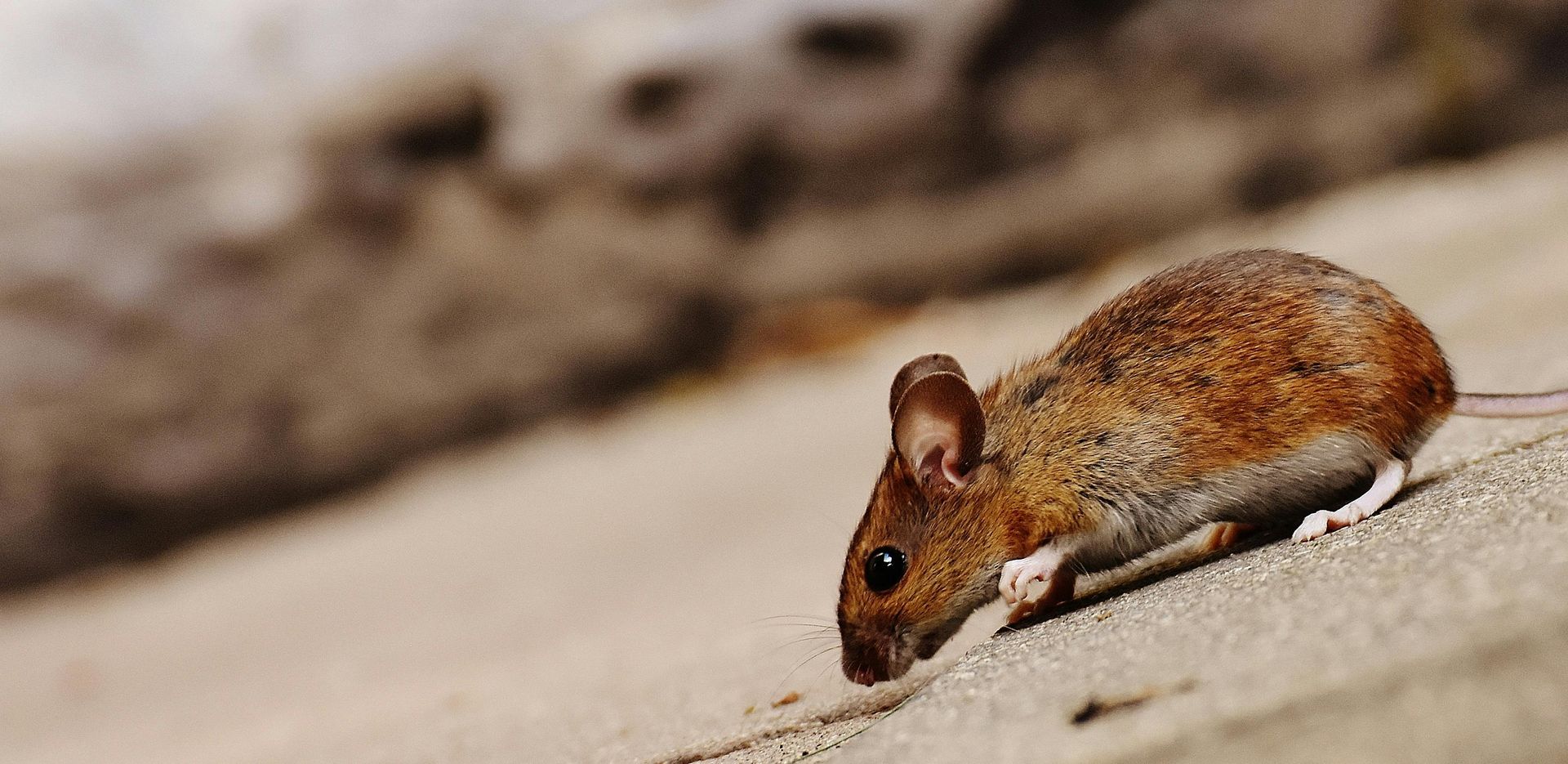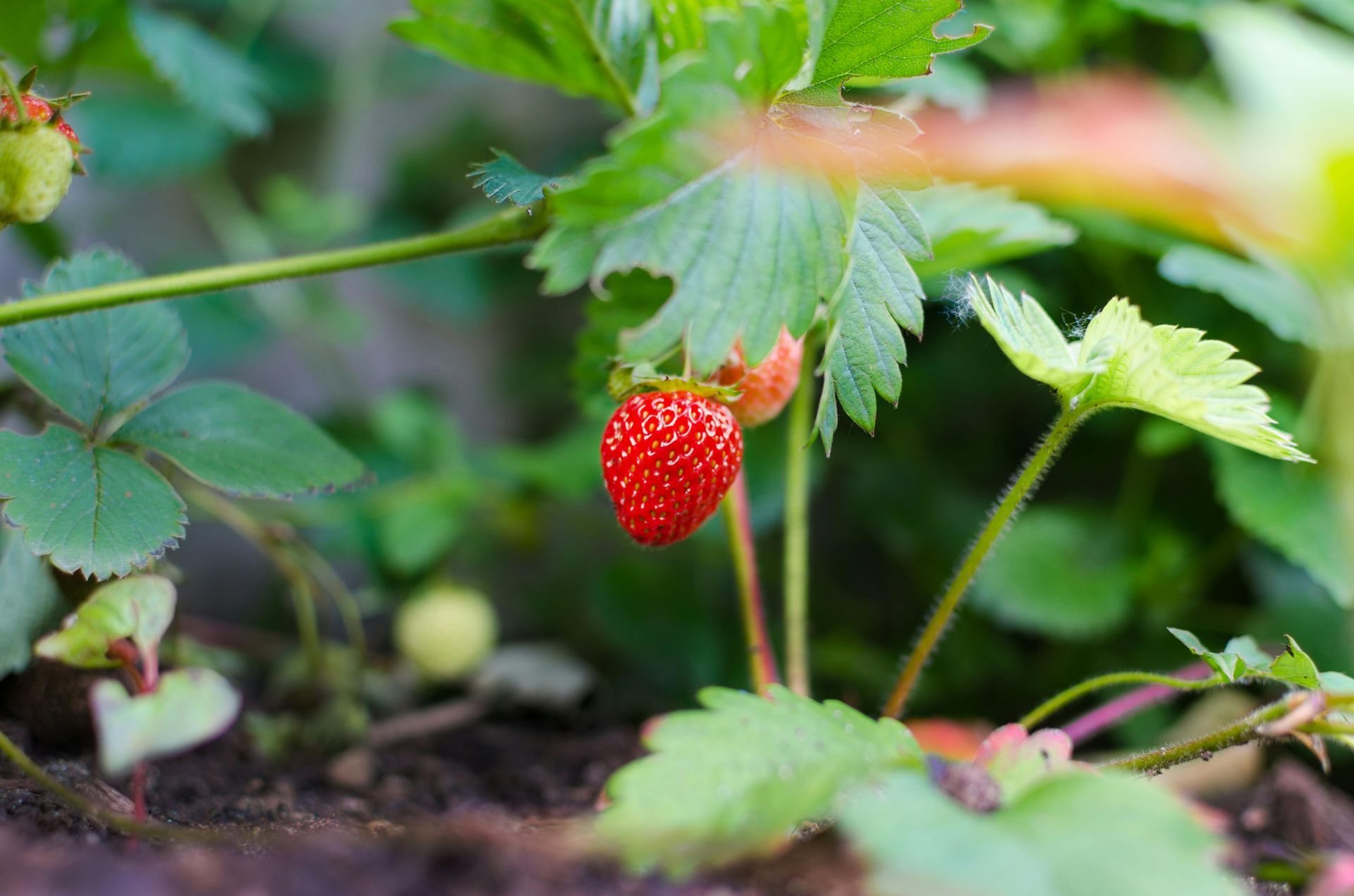Harnessing Nature's Allies: Beneficial Insects and Eco-Pest Control
In the battle against pests and diseases that threaten our precious gardens, we often overlook an army of helpers that nature readily provides. These unseen heroes, beneficial insects, are essential allies in maintaining the balance of our ecosystem.
The Principle of Eco-Friendly Pest Control
In the heart of the Reno-Carson City area, we're not just guardians of our homes but stewards of the stunning Nevada landscapes that backdrop our daily lives. Eco-pest control embodies a commitment to protecting these surroundings by using strategies that are effective yet gentle on the environment. This approach recognizes that our actions have a ripple effect, extending beyond the boundaries of our backyards into the wider ecosystem.
Eco-pest control pivots away from a dependence on traditional chemical treatments, known for their quick fixes but often bringing a host of unintended consequences. In contradiction, eco-friendly methods favor a balanced approach that uses natural mechanisms to keep pest populations in check, without collateral damage to soil fertility, water quality, or non-target species, including beneficial insects that play pivotal roles in our ecosystem.
Definition and Examples of Beneficial Insects
Perhaps the most unsung heroes in our ongoing tussle with pests are the beneficial insects that inhabit our gardens and open spaces. These natural allies are the predators and parasitoids to the common nuisances that besiege our homes. From the aphid-devouring ladybugs, often spotted amongst the foliage, to the lacewings whose larvae are voracious eaters of mealybugs and mites, these creatures are nature's own pest control agents.
Other examples include the diligent hoverflies, whose larvae feast on soft-bodied insects; the unassuming ground beetles that scavenge through soil, preying on invertebrates; and of course, the ever-present bees, not typically associated with pest control but essential for pollination and supporting healthy plant communities that deter pest invasions.
The Impact of Beneficial Insects on Ecosystems
Beneficial insects are the linchpin in our regional ecosystem's health, forging a natural culling mechanism that checks pest populations. They bring a semblance of balance that, when disrupted, can result in the unchecked rise of invasive species. Their impact is profound, yet they operate subtly, interwoven in the complex fabric of mutualistic relationships that sustain thriving plant and animal communities in Nevada.
Recognizing their value, we're invited to see our interactions with nature not as a confrontation but as a partnership where we aid these six-legged allies. This symbiosis paves the way for a more sustainable future in pest control, with healthy insect populations underpinning a robust defense against pests that are as old as agriculture itself.
Natural Predation and Biological Control
The simplicity of nature's solutions often belies their complexity, and nowhere is this more evident than in the dance of predation played out daily in our own backyards. Beneficial insects, each a natural-born specialist in their dietary preferences, offer what is known as biological control - the practice of using one organically occurring species to regulate the population of another.
Evidence of this can be seen in
classic biological control cases, such as the introduction of the Australian Vedalia beetle in California at the end of the 19th century, to combat the exploding populations of the cottony cushion scale. Such measures prove that, when well-informed and carefully executed, natural predators can rein in pest populations without the need for synthetic chemicals.
Attracting and Sustaining Beneficial Insects
Creating an inviting habitat for these beneficial insects means they're more likely to visit and stay in our gardens. This doesn't require complex efforts; simple steps can make a world of difference. Cultivating a diverse array of plants, including those with nectar-rich flowers like lavender and herbs such as dill, provides sustenance for adult insects and encourages them to deposit their larvae, leading to a new generation of pest hunters.
Incorporating elements such as shallow water sources for insects to drink, and rocks or logs where they can shelter, lays down the welcome mat for these creatures. This not only tips the scales in favor of a balanced, self-regulating garden ecosystem but also transforms our gardens into a thriving hub of natural activity.
Identifying Allies: Which Insects to Welcome
Familiarizing oneself with the local beneficial insect populations is a first step toward eco-conscious pest control. For our Reno-Carson City residents, getting to know the role of a green lacewing or the helpful parasitism of a braconid wasp can empower one to better recognize friends from foes in the insect world. Understanding which insects are allies in our fight against pests is critical to maintaining a natural balance in our environments.
DIY Tips: Creating a Beneficial Insect-Friendly Environment
For those who prefer a hands-on approach to pest control, nurturing an environment suitable for beneficial insects can be both rewarding and effective. Integrating native plants that are accustomed to Nevada's unique climate will serve as excellent habitats for local predator insects. Similarly, building structures like insect hotels offers a sanctuary for a variety of species, ensuring that your natural pest control team has everything they need to thrive right in your backyard.
Integrated Pest Management (IPM) and its Importance
Integrated Pest Management (IPM) is an environmentally responsible approach to pest control that emphasizes the use of a variety of methods to keep pest numbers low, thereby reducing the need for chemical intervention. IPM involves monitoring for pests, identifying them correctly, and choosing control methods that are effective and pose the least risk to the environment and human health. It's about creating a comprehensive strategy that utilizes preventive measures, habitat manipulation, and the introduction or conservation of beneficial insects.
Through IPM, homeowners and professionals alike can create a synergistic defense system against pests. It's a holistic approach where every creature and plant in the garden is seen as part of a larger, interconnected system. By understanding and harnessing these connections, IPM turns a backyard into a self-regulating organism, reducing the impact of pests in a sustainable manner.
Addressing Eco-Pest Control Skepticism
Despite the benefits of eco-friendly pest control methods, skepticism remains regarding their effectiveness. Detractors often question their ability to deal with infestations as quickly or efficiently as traditional chemical methods. Scientific evidence, alongside
decades of practical application, highlights the efficacy and long-term benefits of these natural approaches. Not only do they target pests without harming non-target species, but they also foster a conducive environment for prevention, promoting biodiversity and soil health.
Safety and Eco-Pest Control: Human and Pet Considerations
Eco-pest control practices prioritize the well-being of not just the environment but also the families and pets that call it home. The absence of potent chemicals in these methods ensures a safer space for children to play and pets to roam. Strategies that rely on beneficial insects and cultural practices to prevent pest problems align with a considerate approach to living, as they safeguard the delicate health of our loved ones.
Beneficial Insects Native to Nevada
Within the distinctive biomes of Nevada, many beneficial insects call this region home. In our local landscape stretching from Reno to Carson City, insects like the convergent lady beetle, praying mantises and soldier beetles stand guard over our gardens. Each species provides invaluable services as a natural defense against common agricultural and garden pests, such as aphids, thrips, and caterpillars that residents may encounter.
For gardeners and homeowners in the Reno-Carson City area, understanding these local beneficial insects becomes key in nurturing an environment where eco-pest control can thrive.
Local Success Stories and Case Studies
Eco-pest control is not just theoretical but has proven effective in many cases in our community. From the vineyards of the foothills to the urban gardens in Sparks, embracing nature's allies has helped many cultivate healthier and more resilient landscapes. These success stories stand as a testament to what can be achieved when we align our efforts with the rhythms of the natural world.
Future Prospects for Eco-Pest Control
Looking forward, eco-pest control continues to gain momentum as advancements in science and technology contribute to more effective natural solutions. The cultivation of targeted insect attractants or the development of habitat integration practices offers promise for an even greener future in pest management. Embracing these advancements will involve navigating potential challenges such as climate change and the evolving adaptations of pests themselves.
As we learn and adapt, the eco-pest control methodology is poised for growth, driven by an ever-increasing societal push towards sustainability and environmental responsibility.
Encouraging Community Involvement and Education
Community involvement is the cornerstone of the widespread adoption of eco-pest control practices. By fostering awareness and providing education, individuals can become ambassadors for this environmentally sensitive approach. Workshops, community gardens, and local citizen science projects are just a few avenues where residents can engage and contribute to the collective knowledge and practice of eco-friendly pest management.
For homeowners, the next step might be attending a local seminar on sustainable gardening or participating in a neighborhood conservation program. Each small action seeds the potential for a larger impact, building a community that's both informed and proactive in its approach to pest control.
Embracing eco-pest control and beneficial insects is about more than just protecting our homes; it's about safeguarding the future for generations to come. As we lean into methodologies that honor the delicate balance of our ecosystem, we find that the smallest creatures — the insects we befriend — can become our greatest allies in living harmoniously with nature.
For those in the Reno-Carson City area seeking help to naturally protect their homes from pests, consider
Natura Pest Control. By partnering with nature and utilizing the wisdom of beneficial insects, together, we can cultivate a healthier environment for everyone.




